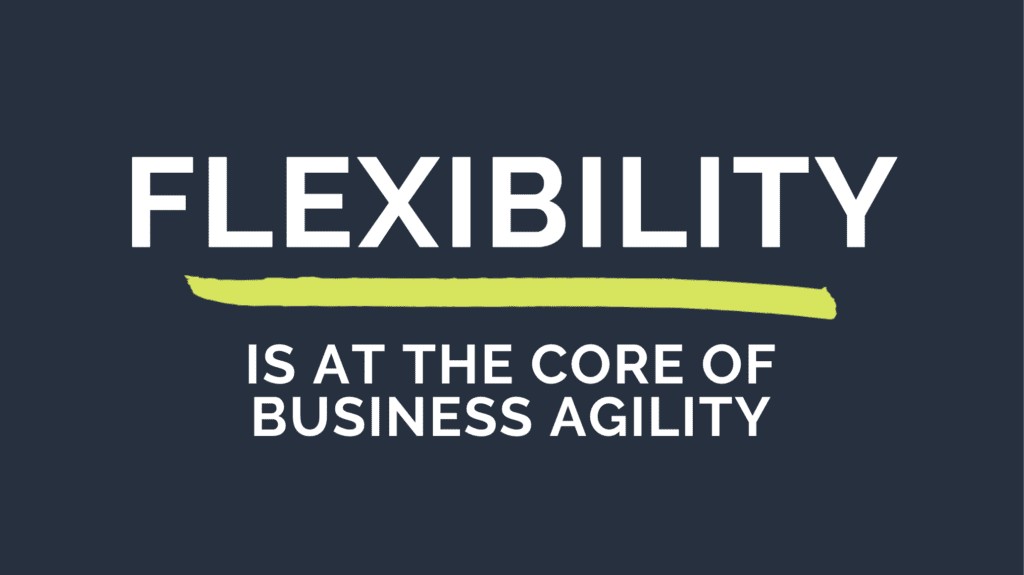Flexibility is the third factor, along with speed and focus, that governs business agility.
Recall, Business Agility = Speed * Focus * Flexibility
Agile methods are by definition flexible, with these intrinsic facets:
???? Short time boxed Sprints/Iterations of 1-4 weeks allow short-term adjustments to changing requirements at the end of every iteration/Sprint.
????Rapid release cycles of 1-3 months allow longer-term adjustments to business needs at the end of every Release cycle.
???? Both short- and longer-term adjustments are driven by the business, typically represented by a Product Owner.
???? Lean Portfolio Management facilitates flexibility at a level above teams and programs.
Make your planning and execution ultra flexible and responsive to business change by building in these components:
✅ Perform Scenario Planning to consider alternate futures, and to prepare for likely contingencies.
✅ Set up quarterly Objectives and Key Results (OKRs) to identify and measure key outcomes.
✅ Link release increments to OKRs, and plan at least quarterly at the portfolio level with Big Room Planning.
✅ Incorporate key elements of Lean Portfolio Management, including a Lean Budget and a Portfolio Kanban to prioritize incoming demand, and to progressively elaborate Minimal Marketable Products (MMPs) into Epics, Features and User Stories.
✅ Set up a cross-functional, cross-hierarchy Agile Value Management Office (Agile VMO) as a team-of-teams to track and monitor the flow of work across team, programs and portfolios; and to drive organizational change.
Contact us to discuss your organization’s business agility journey.

